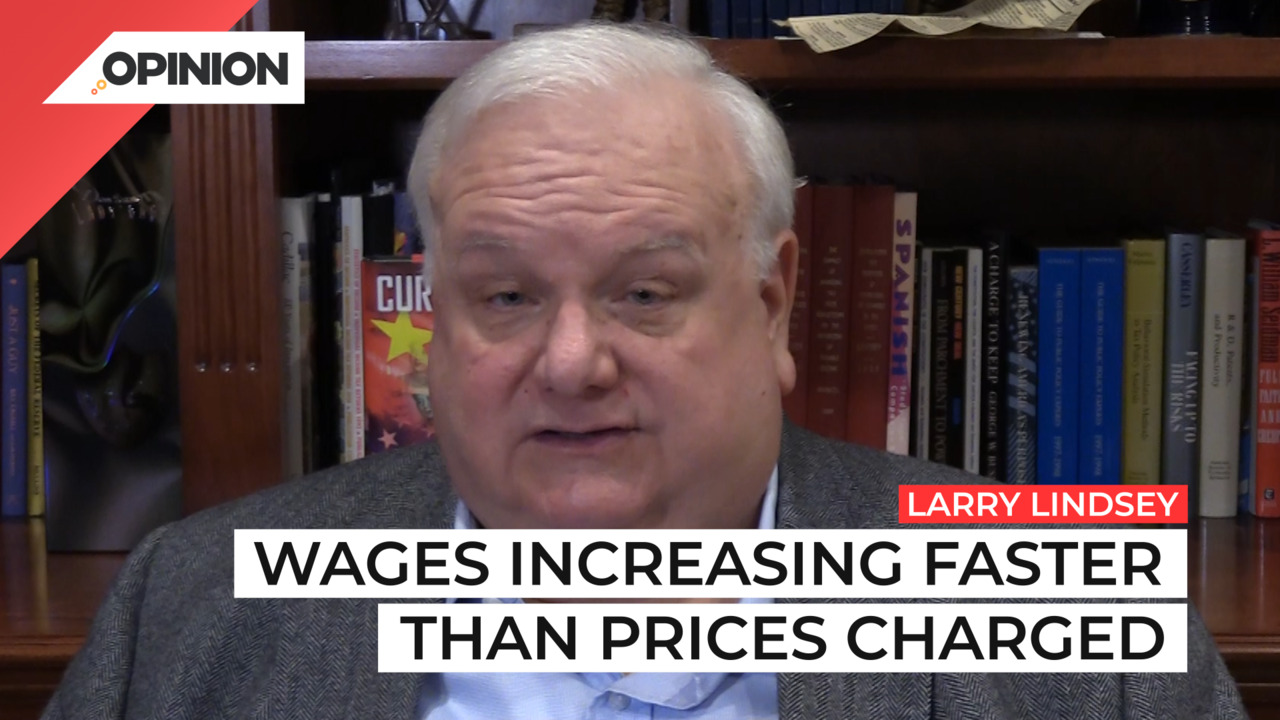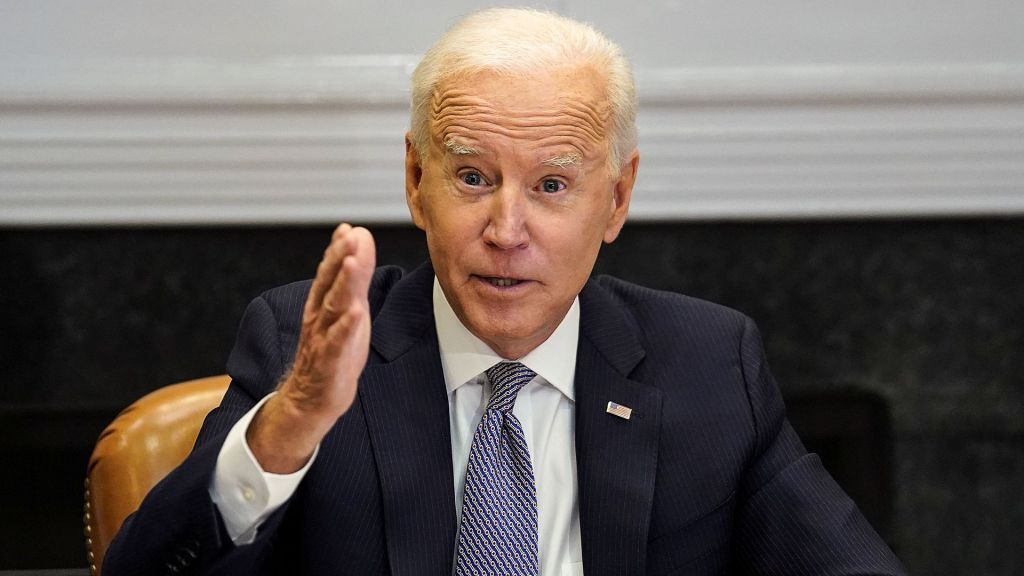
Commentary
-
Our commentary partners will help you reach your own conclusions on complex topics.
Last week, Federal Reserve Board Chairman, Jay Powell, gave a much anticipated speech on how he saw economic conditions. Markets had been hoping that the relatively small reductions in inflation that we’d seen would prompt the Fed to stop hiking. Numerous Fed speakers went out there and said, no, they still have a lot of work to do. And so by the way, did Powell. Unfortunately, Powell’s speech didn’t really stress that point. He began with two pieces of good news, first on housing, and secondly, on the cost of goods. While inflation continues to rise, the overall rate of inflation in housing, both owner-occupied housing and rents, has been coming down. Why is that? The answer is, it rose to levels that were just simply unsustainable. We earlier this year had housing inflation of 18%. Sorry, things can’t go up 18% in a year when workers aren’t making that much more. So we’re seeing a backing off of the inflation rate.
And in some cases, house prices are falling. Now, they’re not going to go back to where they used to be. But the rate of increase has declined. Good news for the overall inflation number.
Something similar is happening in the market for goods, things like automobiles or appliances. Those prices also have been moderating quite a bit. Why? Well, again, they were pushed up to stratospheric levels, because of supply chain issues caused in part by COVID. And the lockdowns that followed. Well, those supply chain issues are being mitigated. And so the over expansion, extension of goods prices, is now backing off to something more moderate, also disinflation. True. This is good news. It’s going to be good news next year. But then Powell, in the second half of his speech, said the third big component of what people buy, which is services, still has problems ahead.
You see, a service is largely driven by the cost of labor providing service, and we still have significant labor inflation wage inflation in the economy. Now let’s face it, no one’s going to complain about getting higher pay. But the fact is, pay is going up, the cost of what you’re paid to do has to go up as well, when it’s sold to the consumer, or the company goes out of business.
The employment report, which came out on Friday of last week, really showed this problem very starkly. For example, if you look, overall, the wage rate wage inflation rate, right, it was going up, went up just 2.8% in goods producing industries. But in the roughly 75% of the economy, that is services, wages went up at an annual rate of 8%. And if you look at what are called production and nonsupervisory workers, meaning not the supervisor online, but the person who works on the assembly line or, you know, basic those basic work, t was even greater goods inflation for wages was 4.3%. For services, it was 9.4%. Well think about that.
The cost of hiring people that you can name is anything from a doctor’s office to McDonald’s is going up at 9.4%. Then, prices that those businesses have to charge have to go up pretty close to the same amount, but chances of getting disinflation lower inflation just aren’t there. And deeper in the numbers that got even worse. For example, the number of teenagers working Rose 149,000. The number of people 45, and older working declined 271,000. Well, that’s a lot of trouble, because the older workers are also more experienced workers. Not only that, older workers tend to get paid more than teenagers. And so if you see more teenagers and fewer older workers, if anything than average wages should have been going down, not up. Instead, they went way up. So you have a problem. Another problem for the companies, and that is experiences declining. And they have to have other costs, particularly training costs to handle all the new, younger workers.
This puts enormous pressure on the cost side of production. It also puts problems on the demand side. In the last six months, wages have been going up at an annual rate of 7%. You know, good for us bad for inflation. Because if wages are going up at 7%, we can buy 7% more.
And if the companies are only able to produce say 2% More, it means it’s going to difference is going to be made up in 5% inflation, way above what the Feds target is. So the Fed has a lot more work to do.
It’s probably going to be raising interest rates 50 basis points ie half a percentage point and its December meeting, and probably will have to 25 basis point quarter percentage point hikes next year, bringing the Fed funds rate to 5%. This is bad news for stocks. First of all, companies are going to see a profit squeeze. After all, it means wages are still going to be going up more than prices they charge. And secondly, when interest rates are higher, stocks become less attractive, and people are more attracted to say buy bonds or put their money in a savings account.
The labor market remains key to America fighting its inflation problem. Unfortunately, that fight is far from over. And 2023 is going to be a very difficult year. This is Larry Lindsey for Straight Arrow News.
-
President Biden just isn’t cool
For some Americans, politics is only about policy, while others prioritize core values, ideas, aspirations or beliefs. Still, for others, politics may be a reflection of culture, where voting serves as a symbolic act to proclaim cultural group identity. But for some Americans, who they vote for and support is more of a popularity contest,…
-
Federal Reserve policy should be more restrictive
The American economy is booming, with high GDP growth, record-low unemployment, and wage gains for median workers. Over the past few quarters, U.S. economic growth indicators have consistently outperformed official projections. But the U.S. Federal Reserve recently conceded that its policies might be too restrictive, hindering the full potential of the U.S. economy, which the…
-
Celebrate tight labor market, but don’t cut interest rates
While President Joe Biden has been celebrating U.S. economic success, many Americans are still unhappy about the economy. So who’s right? The most recent jobs report for February showed that while the unemployment rate rose slightly to 3.9%, job gains were higher than expected, with the total coming in at 275,000 versus the expected increase…
-
Social and economic class will define 2024 election
Following in the footsteps of FDR, Democratic support in the past hundred years has drawn largely from working-class individuals, labor unions, and civil society organizations. Republican support, conversely, tended to rely upon larger corporate donations and the support of high-income individuals. In 2024, these traditional roles are evolving, and the new reality of campaign finance…
-
Black swan events make next US president difficult to predict
In November, Americans will cast their votes to elect a new president and Congress. Despite significant indicators suggesting dissatisfaction with the economy, posing a challenge for President Biden’s potential reelection, predicting the winner remains challenging due to all the variables at play. Straight Arrow News contributor Larry Lindsey utilizes a recent Gallup poll to offer…
Latest Opinions
-
 AP Images
AP Images
Argentina asks to join NATO as Milei looks to enhance security, strengthen ties
-
 Getty Images
Getty Images
Utah students protest 'furries,' school admin deny problem
-
 Reuters/Jane Rosenberg
Reuters/Jane Rosenberg
Trump’s ‘hush money’ trial: Legal experts debate name coined by media.
-
 AP Images
AP Images
Black Chicagoans feel neglected as millions funneled to migrant crisis
-
 Envato
Envato
Congress wants to curtail ‘judge shopping.’ Can it act before the election?
Popular Opinions
-
In addition to the facts, we believe it’s vital to hear perspectives from all sides of the political spectrum.


